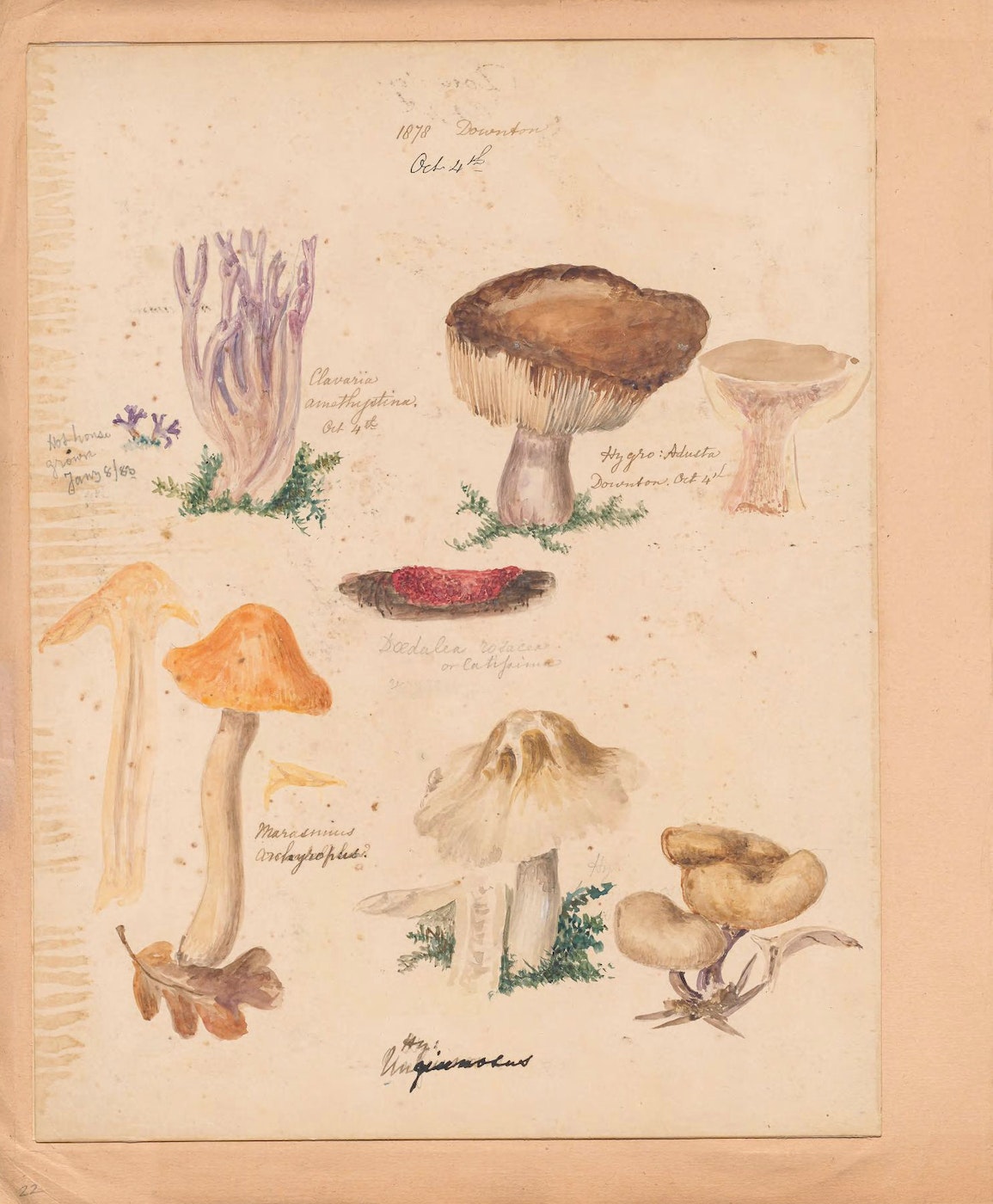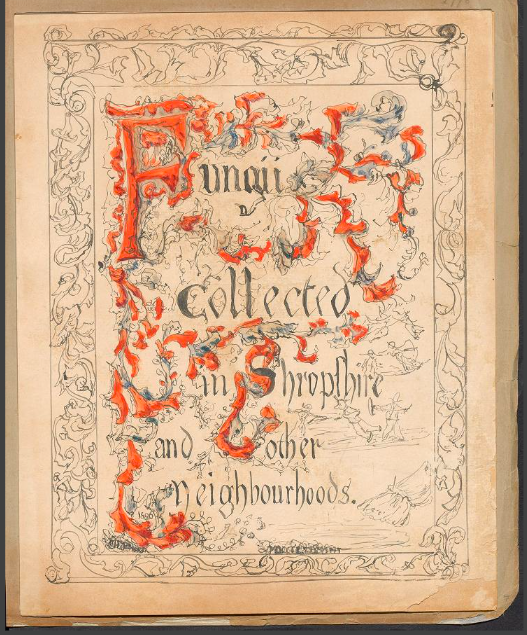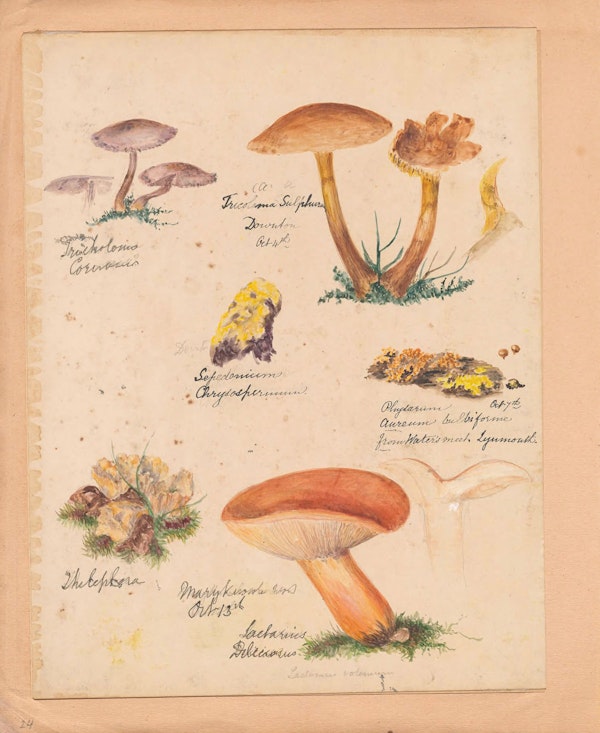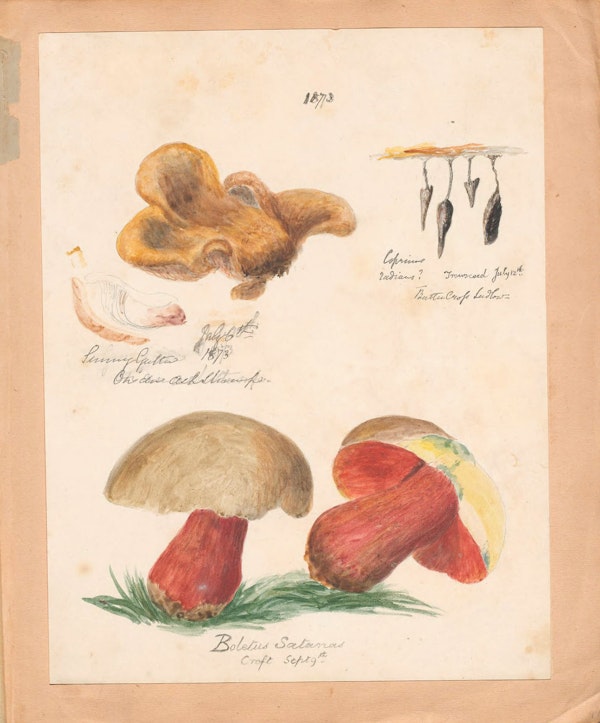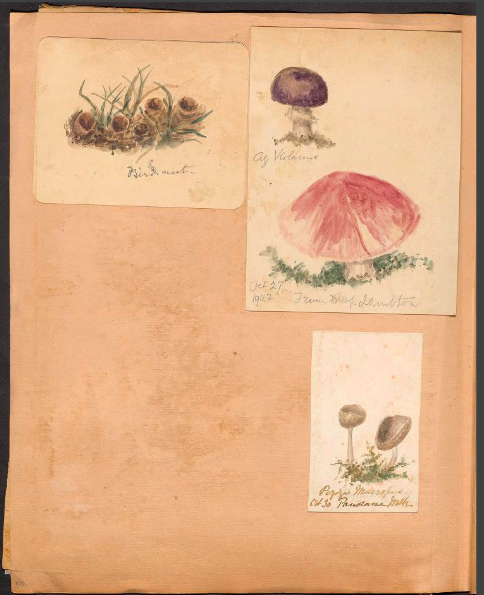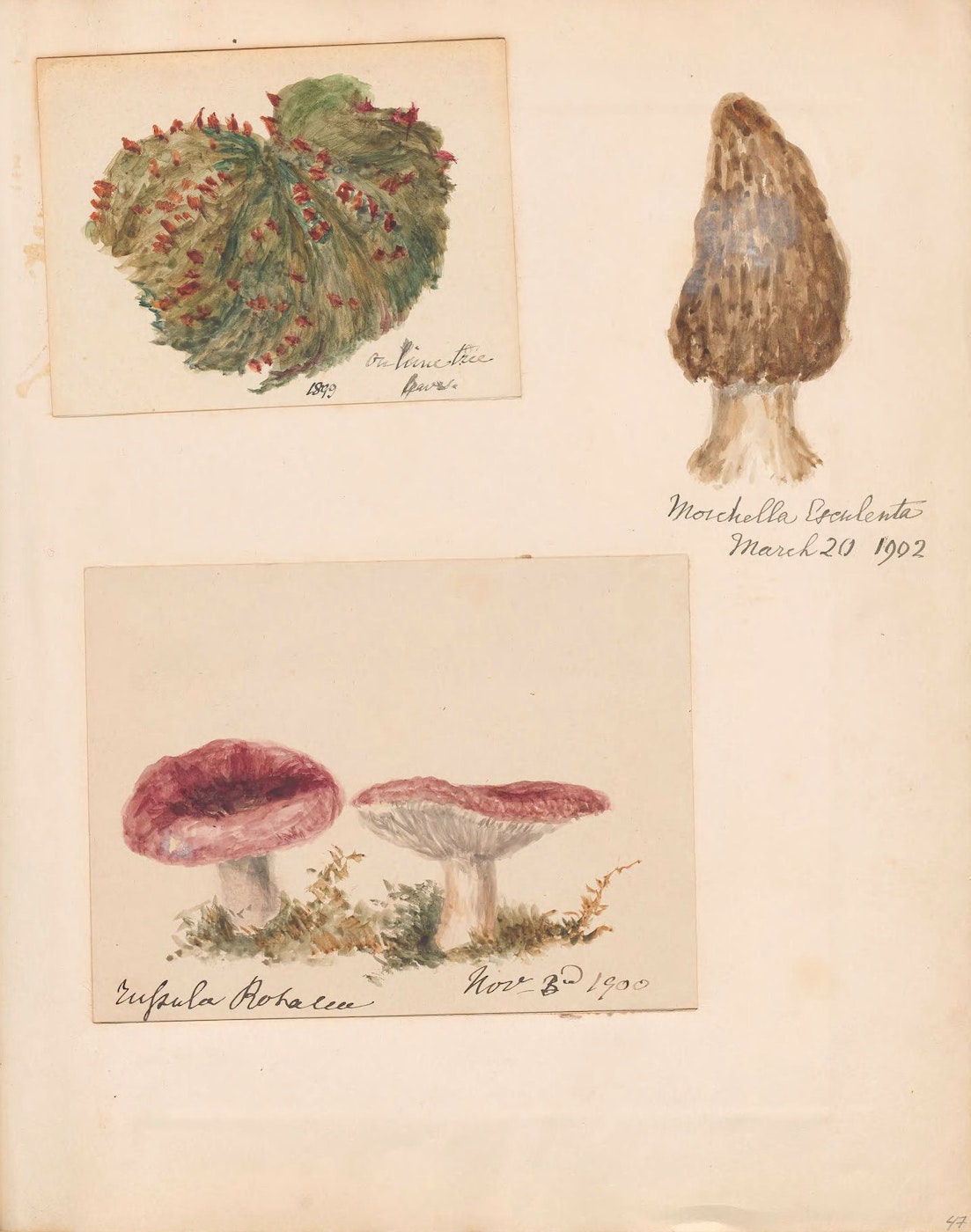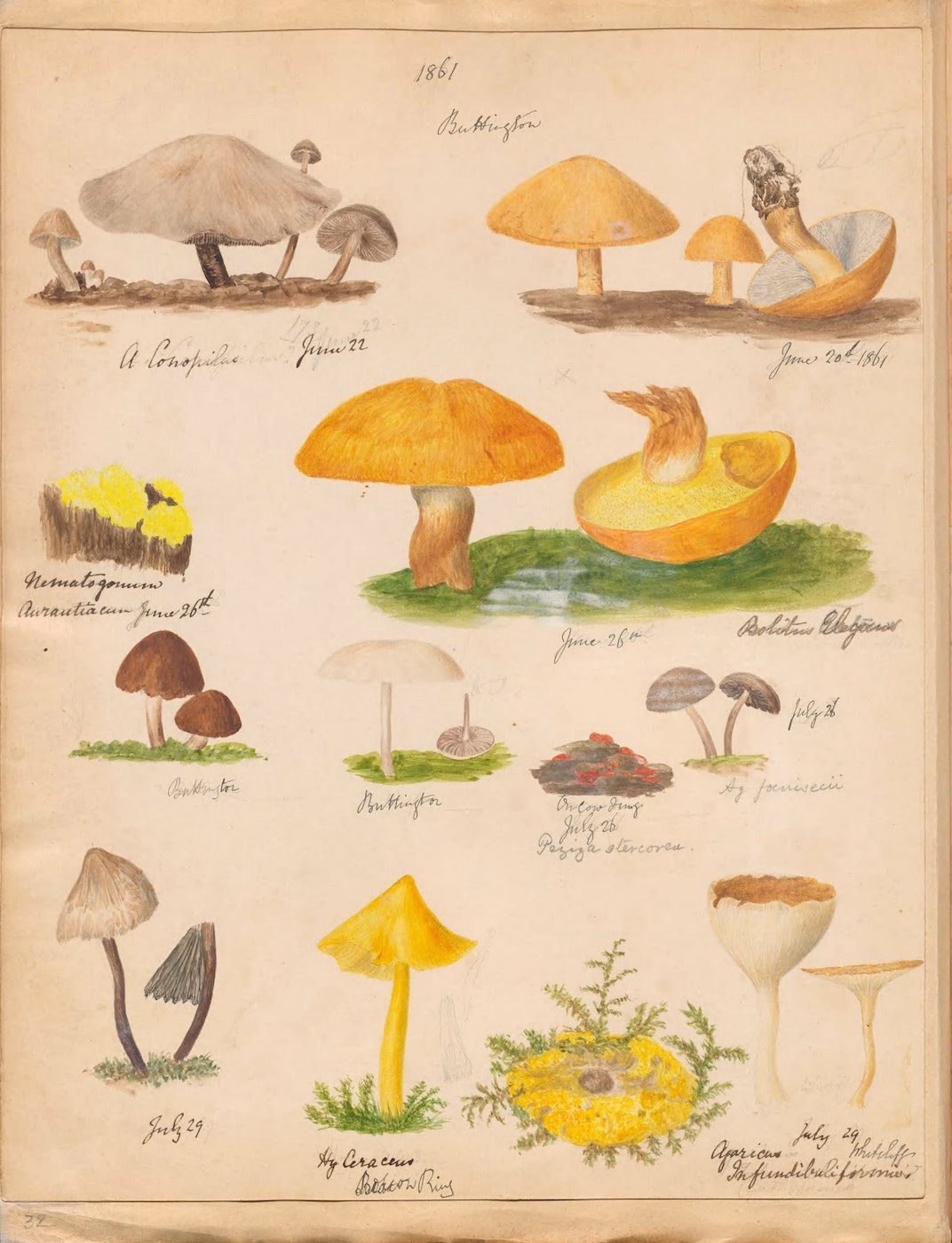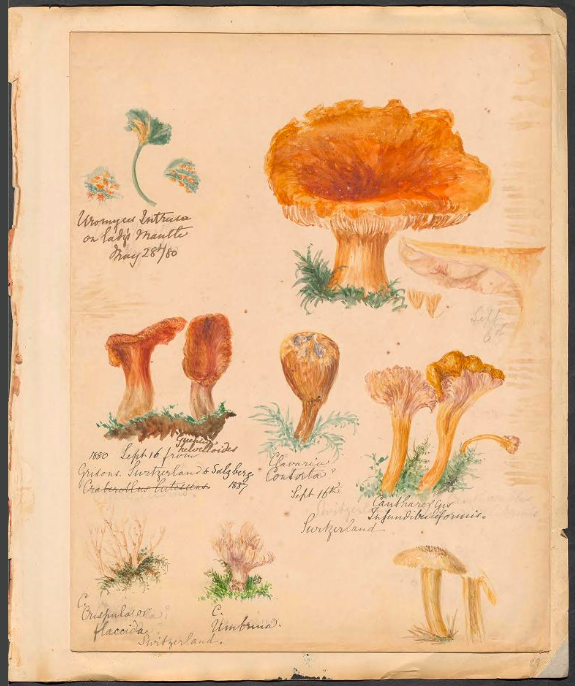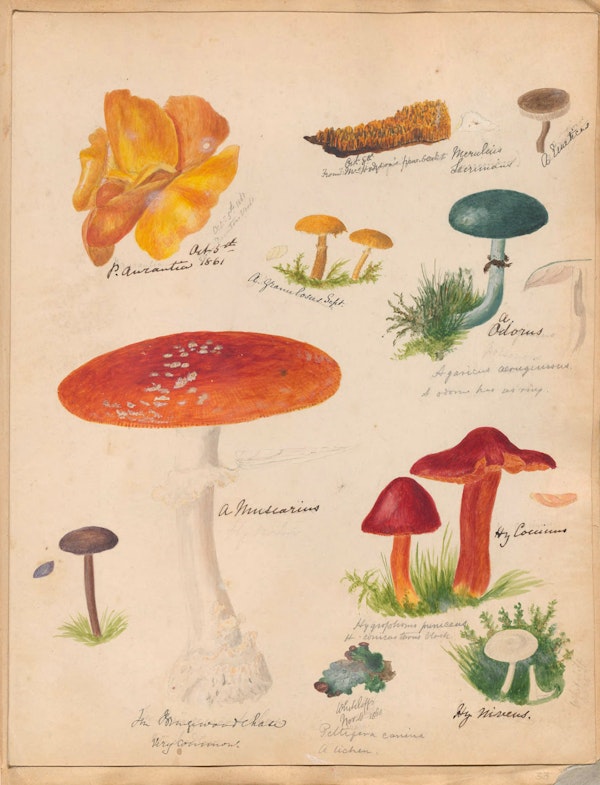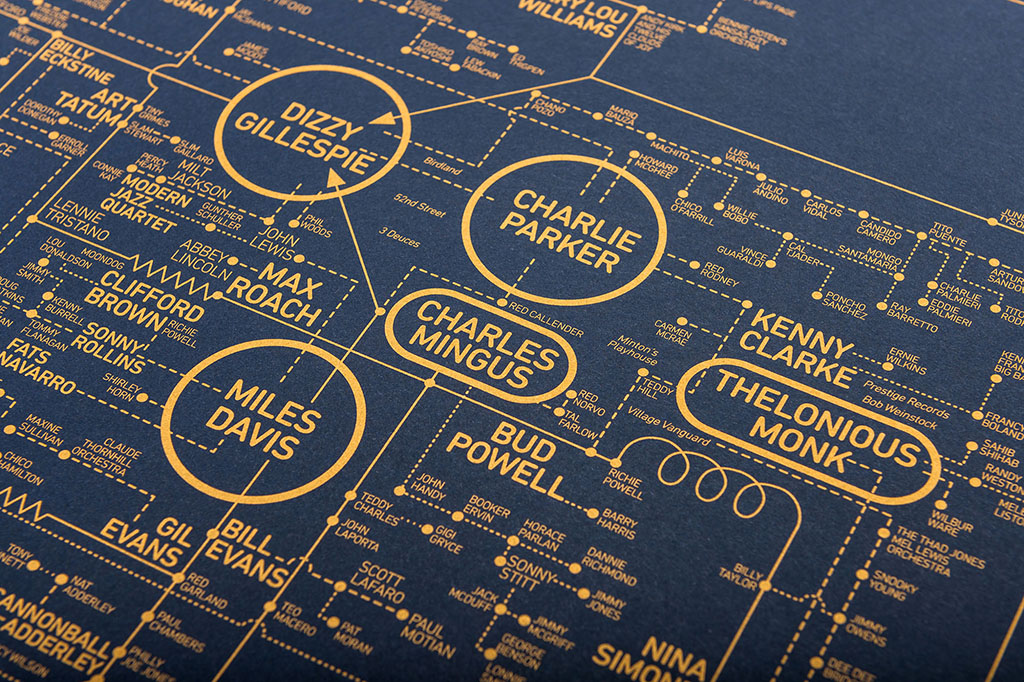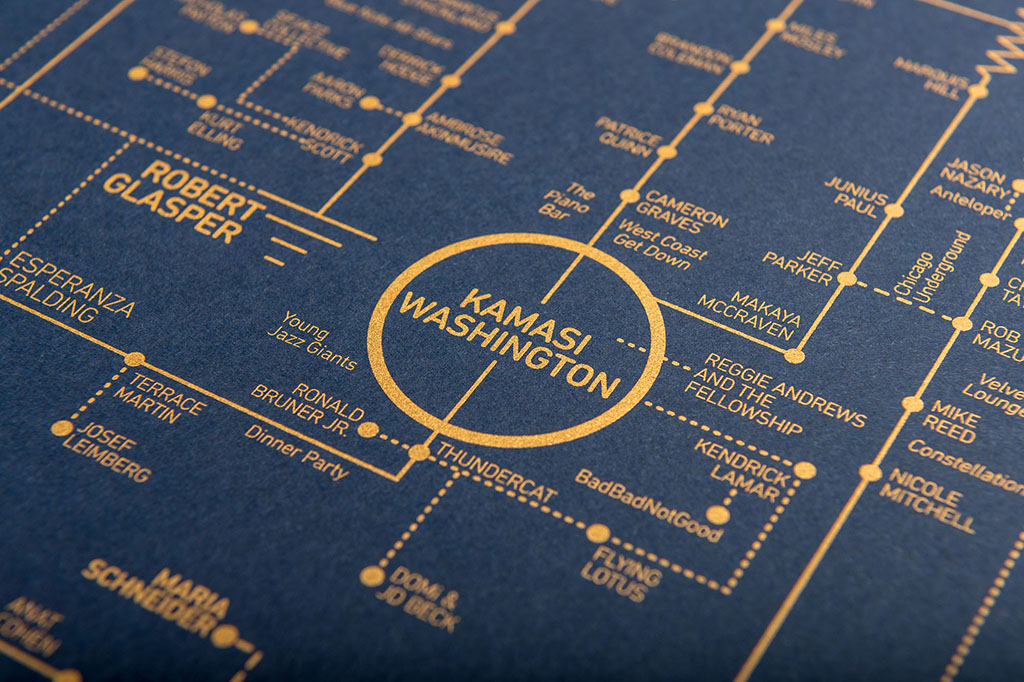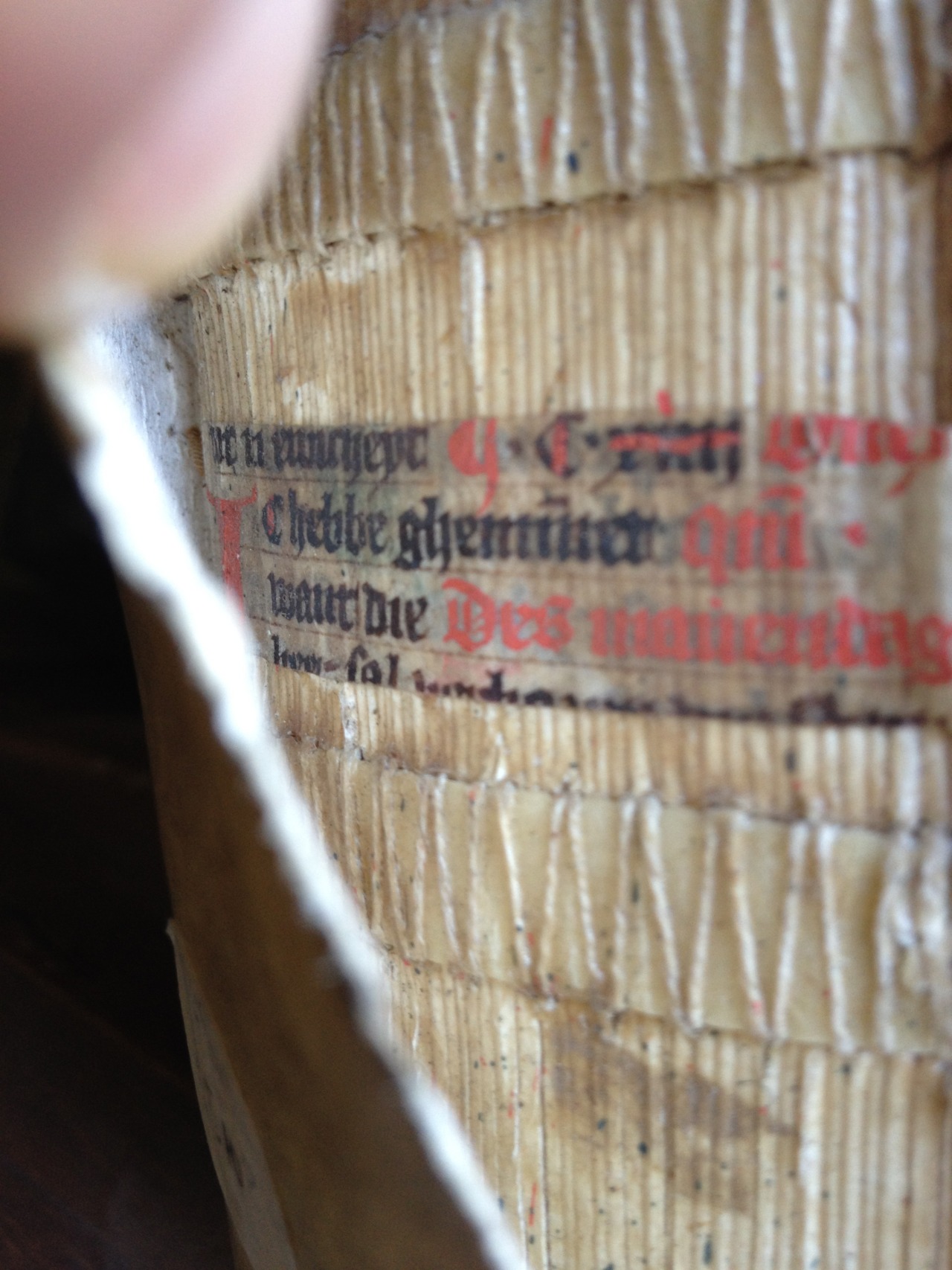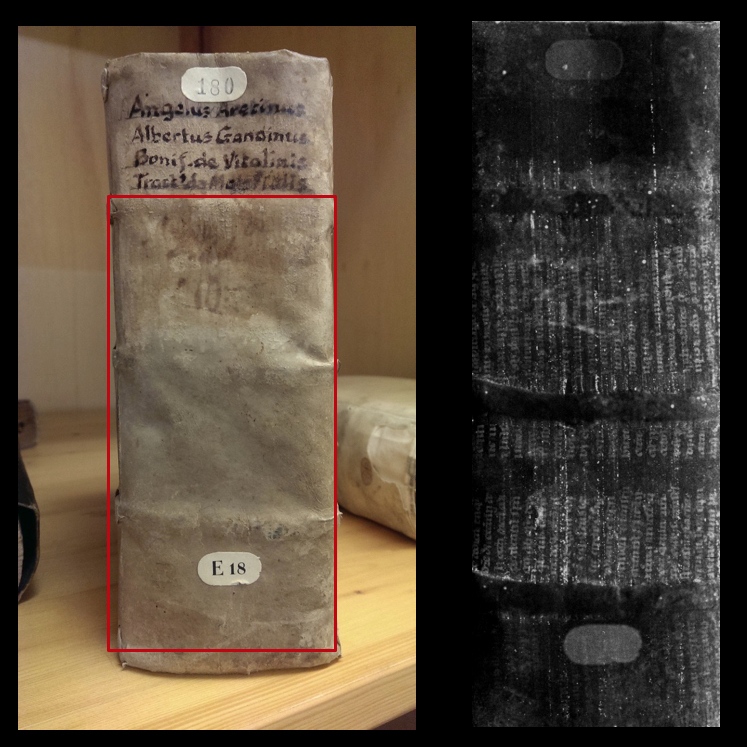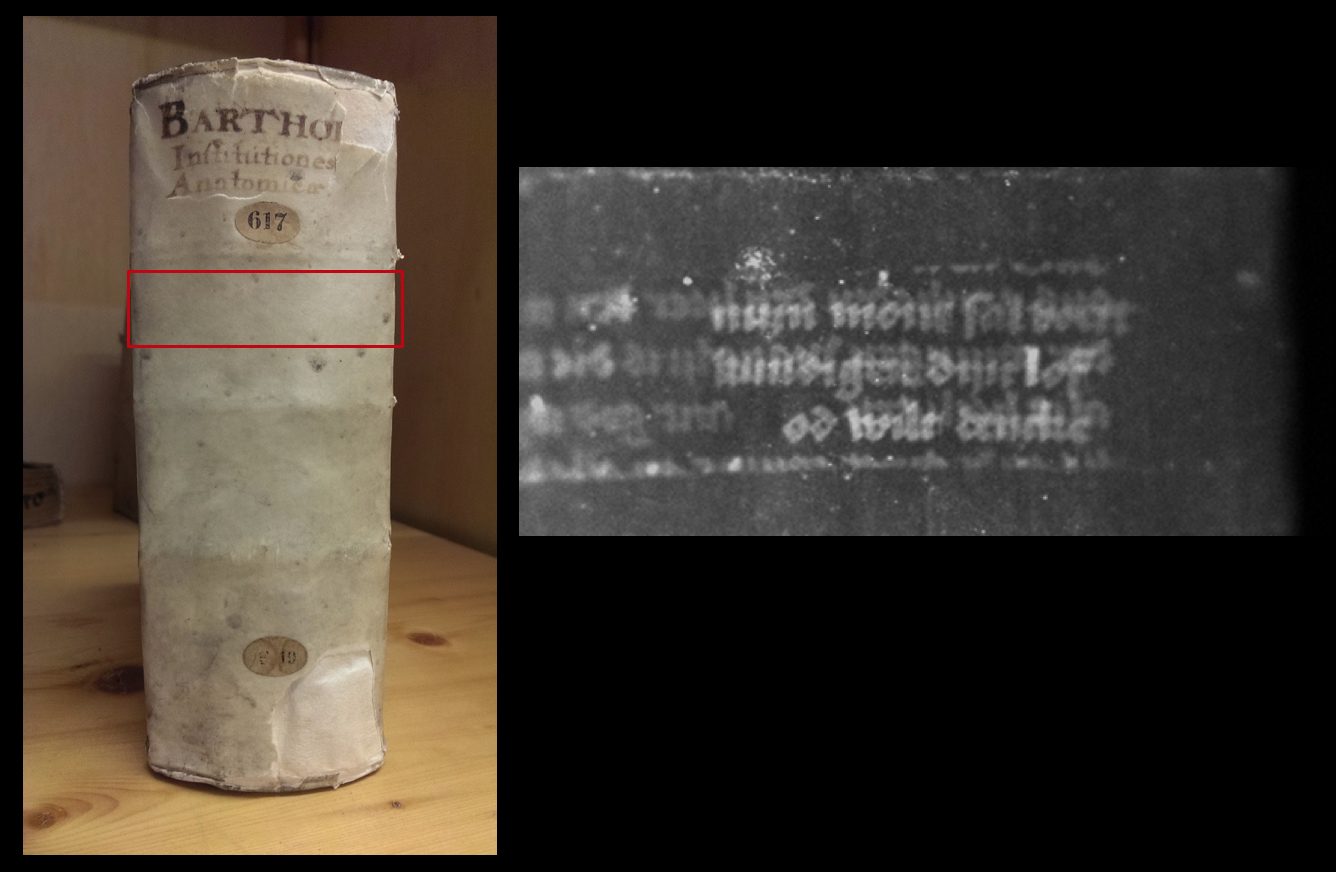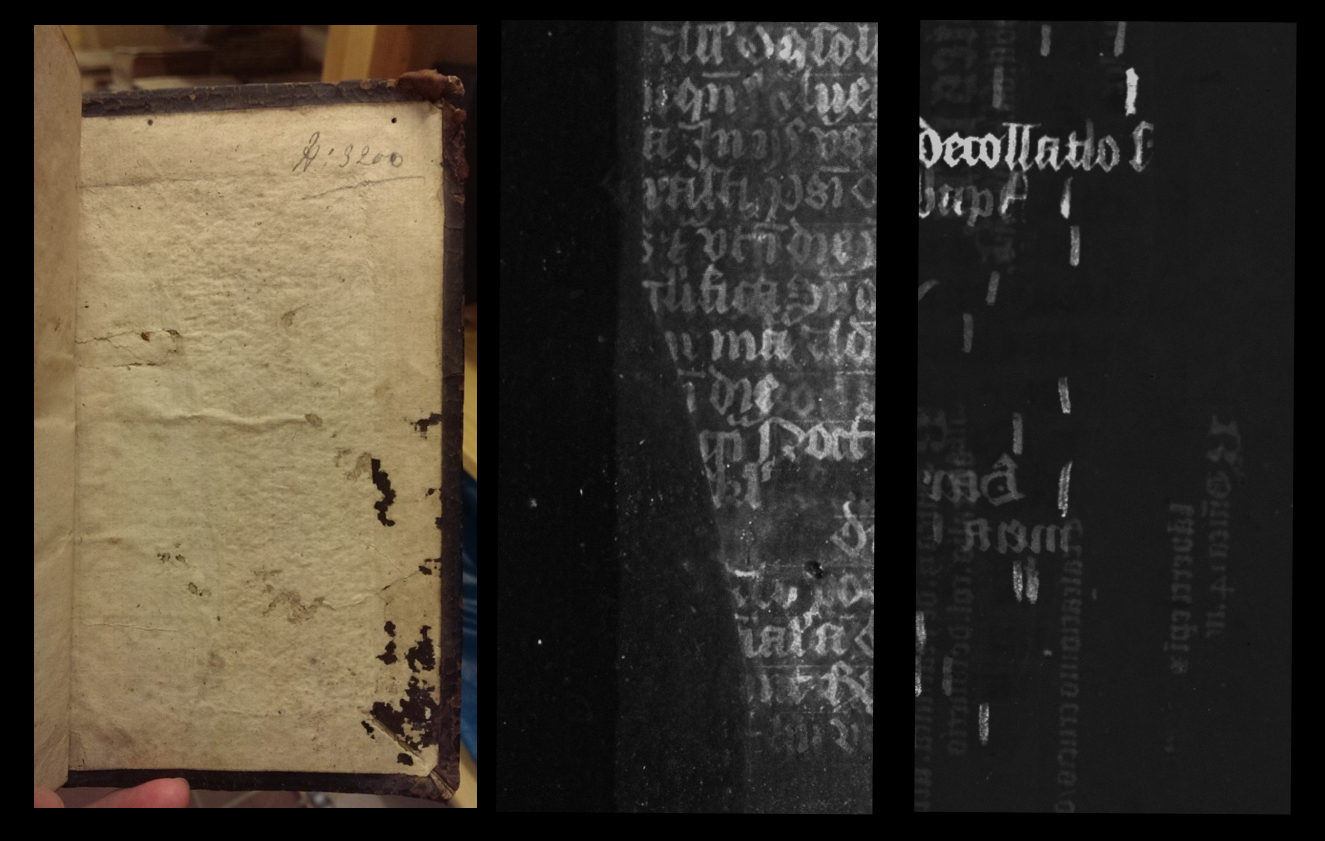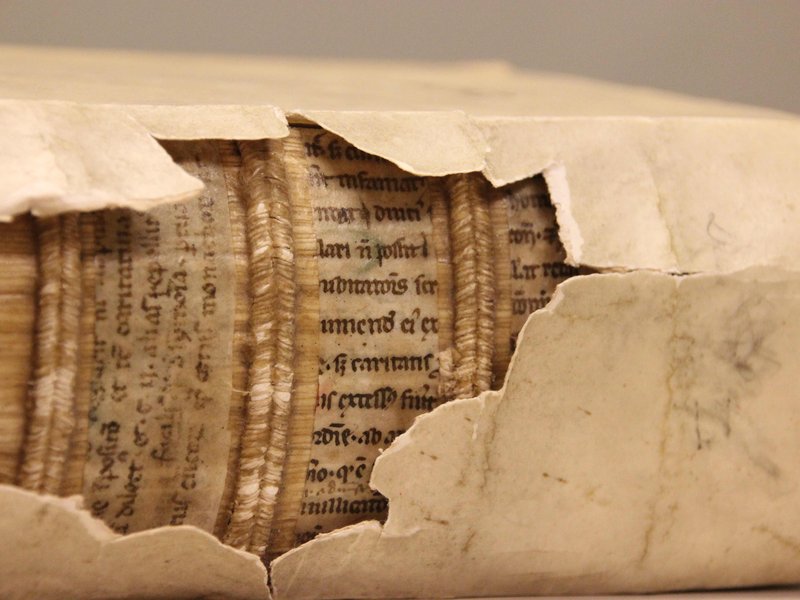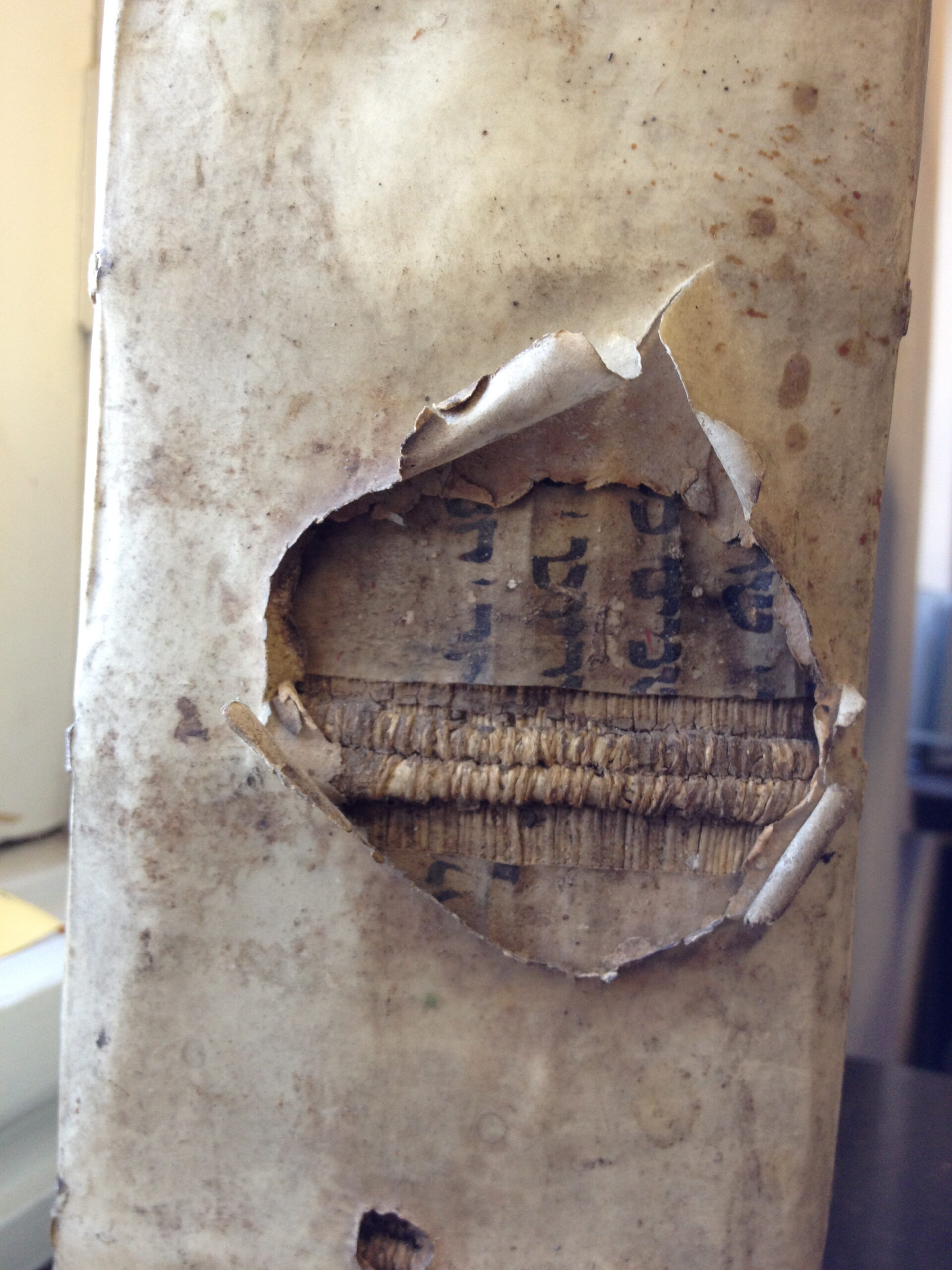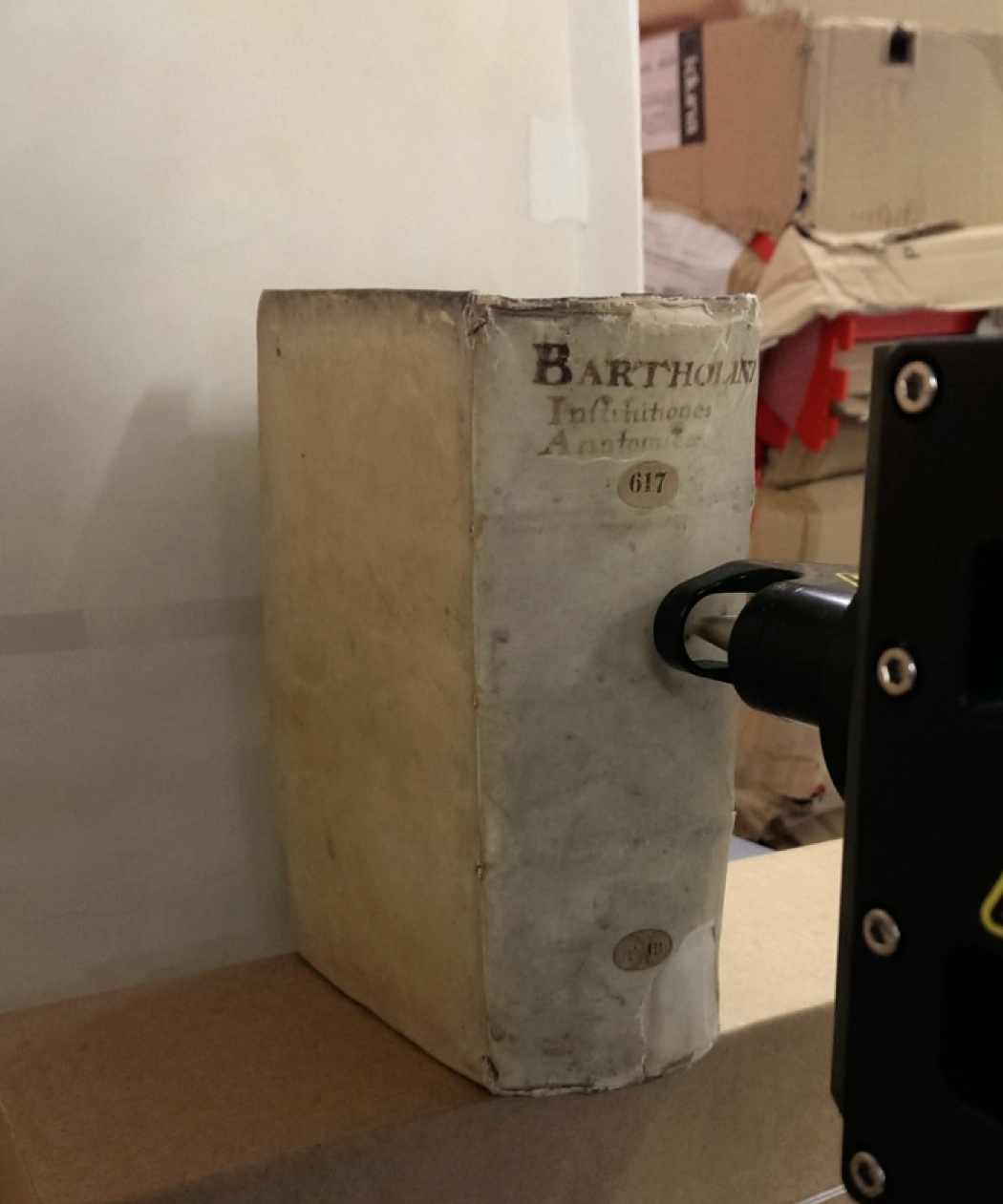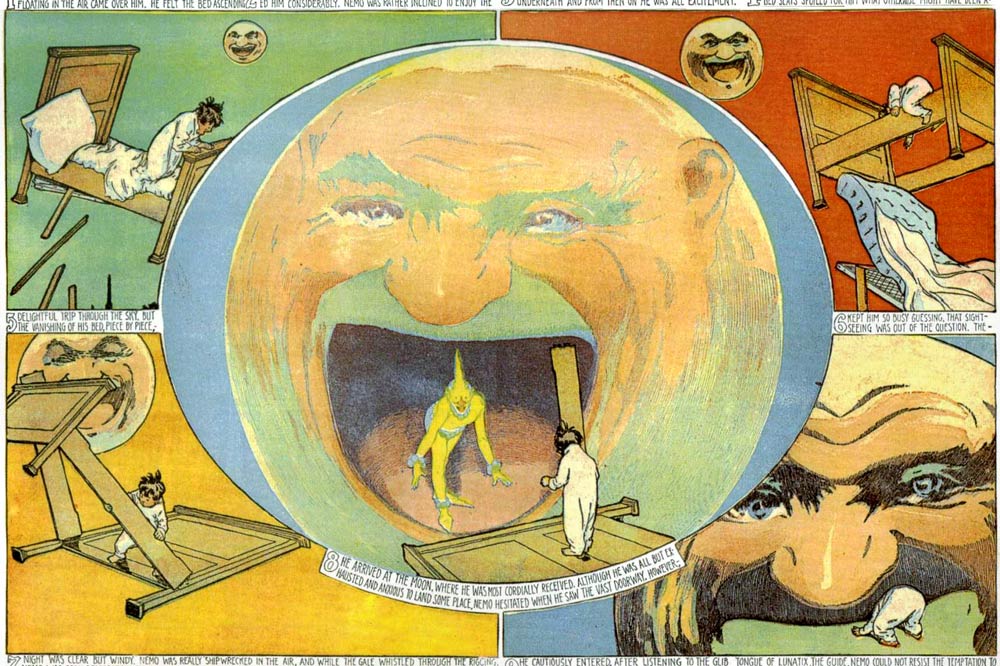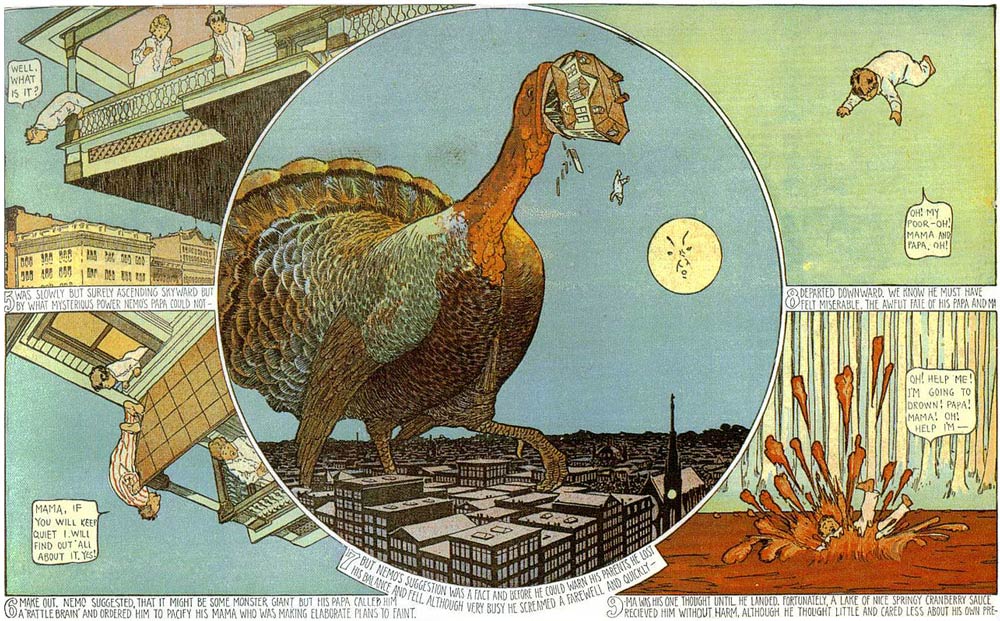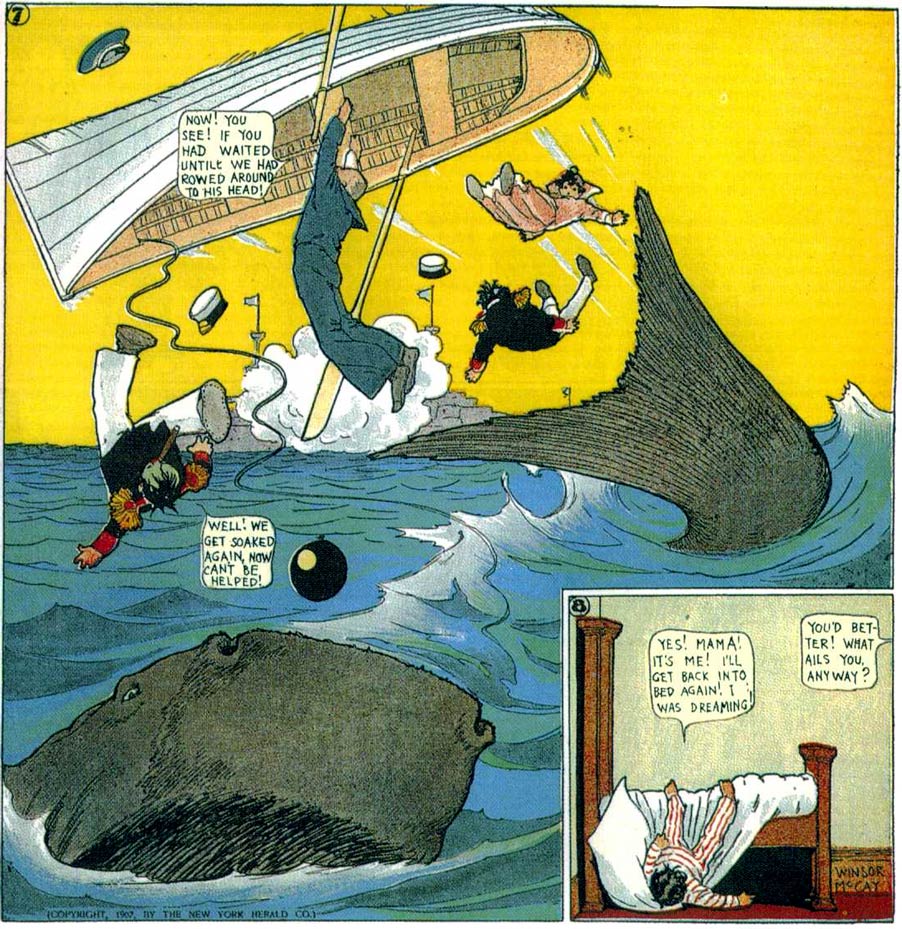Drink our coffee. Or else. That’s the message of these curiously sadistic TV commercials produced by Jim Henson between 1957 and 1961.
Henson made 179 ten-second spots for Wilkins Coffee, a regional company with distribution in the Baltimore-Washington D.C. market, according to the Muppets Wiki: “The local stations only had ten seconds for station identification, so the Muppet commercials had to be lightning-fast–essentially, eight seconds for the commercial pitch and a two-second shot of the product.”
Within those eight seconds, a coffee enthusiast named Wilkins (who bears a resemblance to Kermit the frog) manages to shoot, stab, bludgeon or otherwise do grave bodily harm to a coffee holdout named Wontkins. Henson provided the voices of both characters.
Up until that time, TV advertisers typically made a direct sales pitch. “We took a different approach,” said Henson in Christopher Finch’s Of Muppets and Men: The Making of the Muppet Show. “We tried to sell things by making people laugh.”
The campaign for Wilkins Coffee was a hit. “In terms of popularity of commercials in the Washington area,” said Henson in a 1982 interview with Judy Harris, “we were the number one, the most popular commercial.” Henson’s ad agency began marketing the idea to other regional coffee companies around the country. Henson re-shot the same spots with different brand names. “I bought my contract from that agency,” said Henson, “and then I was producing them–the same things around the country. And so we had up to about a dozen or so clients going at the same time. At the point, I was making a lot of money.”
If you’re a glutton for punishment, you can watch many of the Wilkins Coffee commercials above. And a word of advice: If someone ever asks you if you drink Wilkins Coffee, just say yes.
If you would like to sign up for Open Culture’s free email newsletter, please find it here. It’s a great way to see our new posts, all bundled in one email, each day.
If you would like to support the mission of Open Culture, consider making a donation to our site. It’s hard to rely 100% on ads, and your contributions will help us continue providing the best free cultural and educational materials to learners everywhere. You can contribute through PayPal, Patreon, and Venmo (@openculture). Thanks!
Related Content:
Jim Henson Teaches You How to Make Puppets in Vintage Primer From 1969
Jim Henson Creates an Experimental Animation Explaining How We Get Ideas (1966)
Jim Henson’s Original, Spunky Pitch for The Muppet Show
Jim Henson’s Zany 1963 Robot Film Uncovered by AT&T: Watch Online
